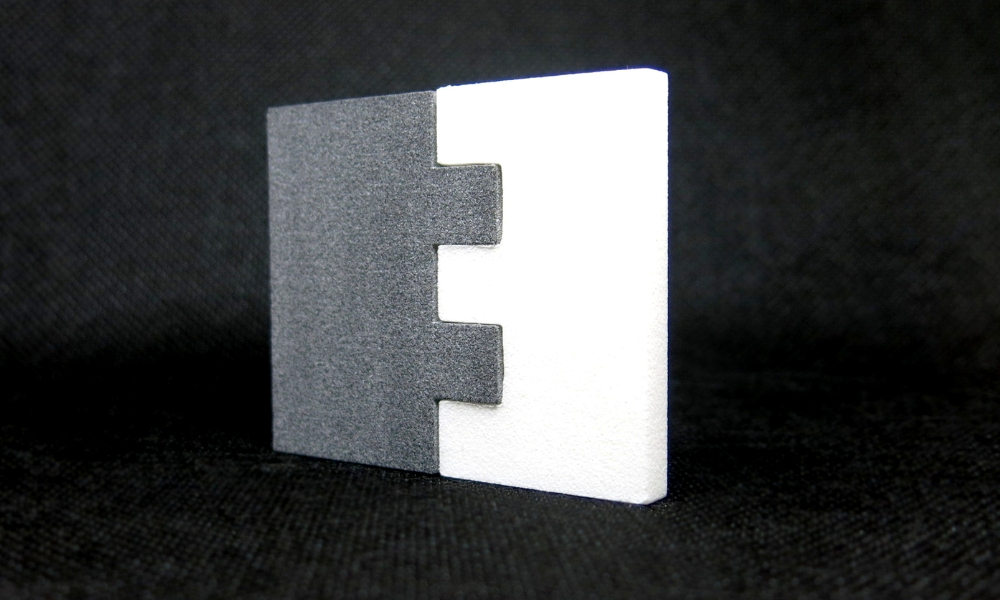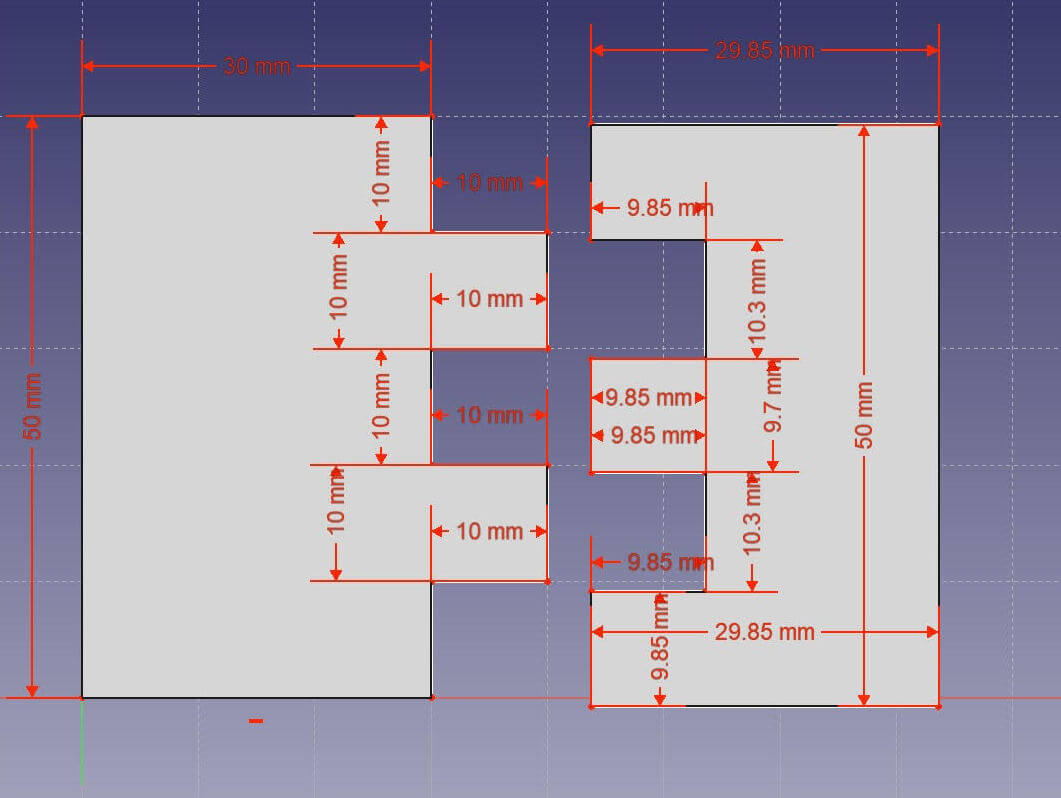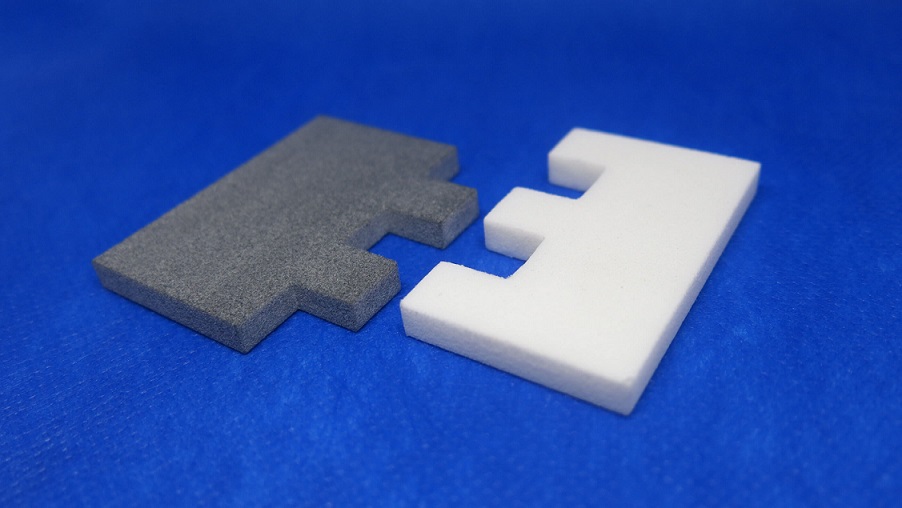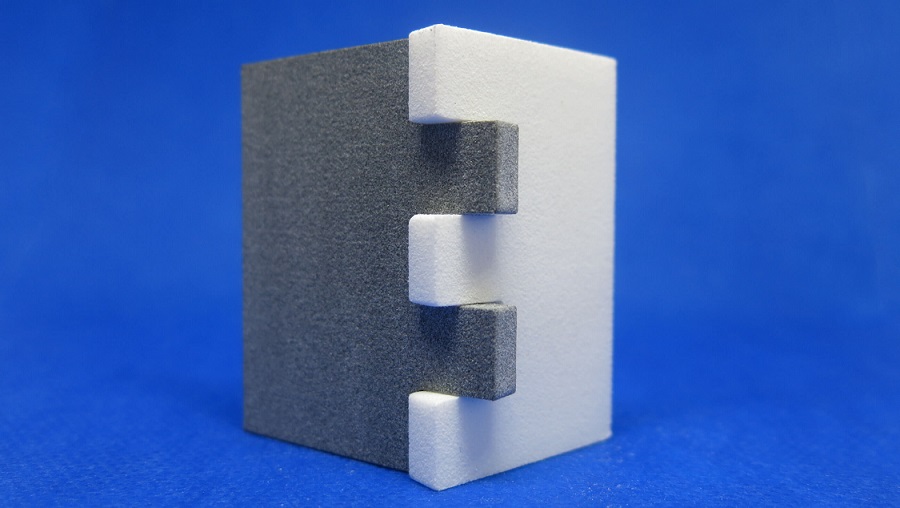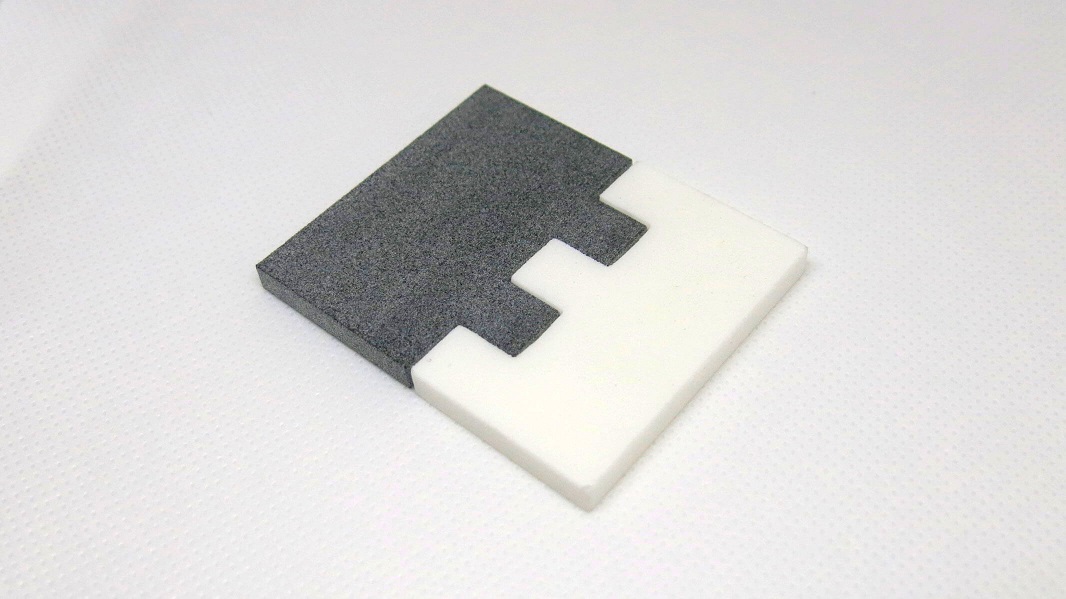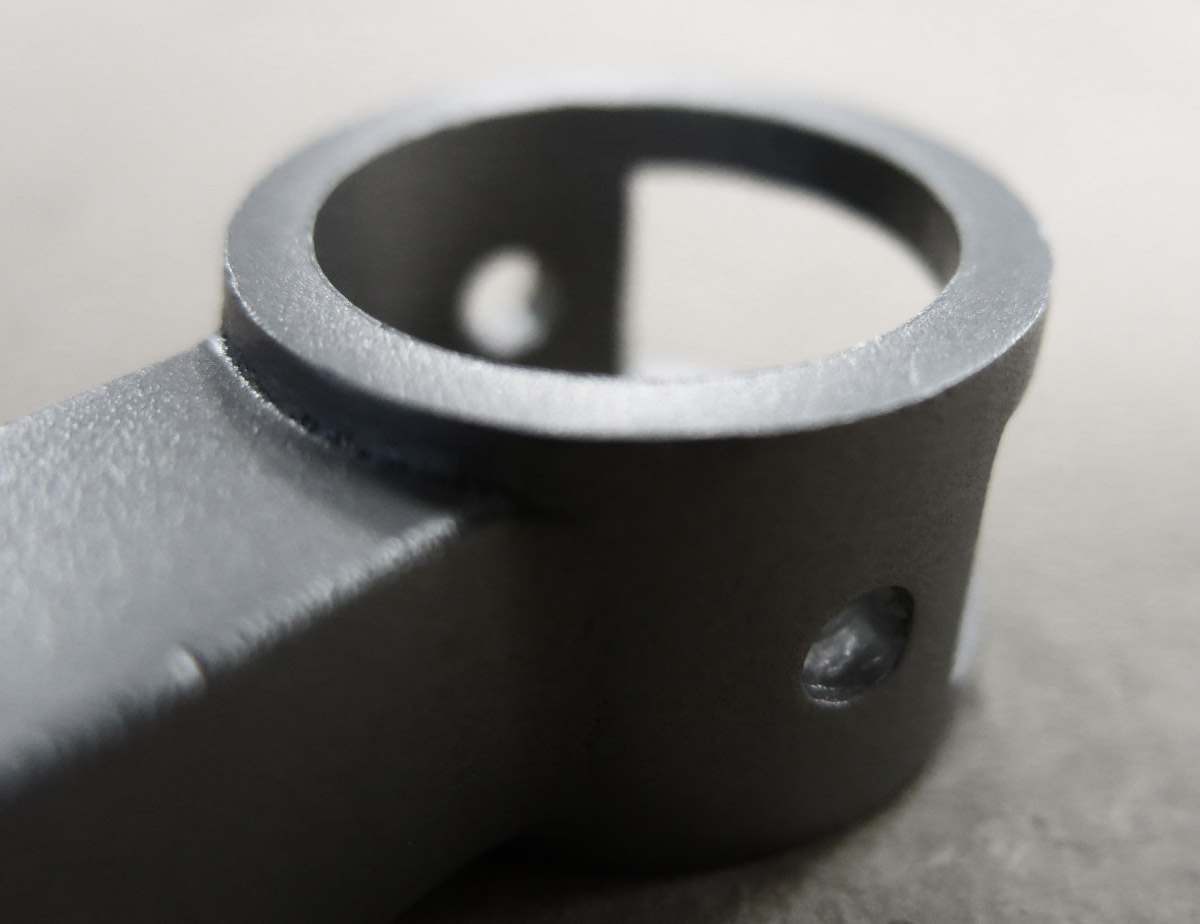The ultimate guide to designing 3D printed interlocking parts
Posted By Kat Plewa on Oct 10, 2018 | 0 comments
With 3D printing technologies, the design freedom is just endless. Additive Manufacturing allows for the absolutely new use of design tools, such as interlocking tools. Thanks to 3D printing you are not able to combine different technologies and materials. Discover the benefits of 3D printed interlocking parts now!
In this blog post, we will go over the advantages of 3D printing interlocking parts, we will advise you which 3D technology will the best for different production needs and our 3D printing experts will show you our own study case of designing interlocking parts.
What are the benefits of 3D printing interlocking parts?
First of all, Additive Manufacturing gives you a wide range of materials, providing you with the best choice for your production needs. Every product you design is different, and to give you the best 3D printing experience we offer 18 materials across 8 3D technologies. Surely, one of them will perfectly fit your manufacturing preferences, whether you need your parts to be flexible or heat resistant.
Additive Manufacturing gives you amazing design freedom as the technology is capable of much more than traditional manufacturing methods. Your products can reach a new level of complexity allowing for better solutions for your production needs. Indeed, with 3D printing, you can easily design interlocking parts thanks to the high accuracy of 3D printing.
With 3D technologies, you will also be able to combine various interlocking parts if such need occurs. You can mix various 3D printing methods as well as materials and colors. For instance, in our case study, which we will introduce later on, we used SLS and MultiJet Fusion as well as different colors to show you how many possibilities Additive Manufacturing gives you to improve your production.
On top of all of that, production with 3D technologies is much faster than traditional techniques. Additive Manufacturing can shorten the production process from weeks to days and not only that, but your 3D printed parts will also be cheaper! Learn more how 3D printing stands compared to CNC machining or Metal Casting with our previous blog posts.
How to design interlocking parts for 3D printing?
In this chapter, we will move to the creation of interlocking parts in 3 easy steps. We used 3D modeling software FreeCAD, which is more suitable for engineering projects and allows for designing highly accurate parts. If you’re unfamiliar with the software, you can easily learn it with our tutorial.
The 0.15 mm difference
We started with highly precise measurements. Each of our parts is 50 mm high. However, what is absolutely essential to keep in mind is the 0.15 mm difference between each wall of two parts. It is crucial for the parts to fit together. See the picture below for further explanation.
As you noticed, we kept the left part with the same measurements, letting the teeth be 10 mm wide and high. However, keeping that in mind the right part had to be altered. All three teeth of the right component are 9.85 mm wide leaving the 0.15 mm difference in between the walls when the two parts connect.
However, the middle tooth had to be 9.7 mm high as connected it is attached to two walls of the first part, on the top and bottom, whereas the top and bottom teeth only touch 2 walls of the other part. Remembering the 0.15 mm space needed for the parts to fit, we also had to shorten the top and bottom wall of the whole part from 30 mm to 28.85 mm.
Thickening the parts
Next step was to thicken our parts. We decided to go for 5 mm for the use of this blog post. And the model is ready! Export it as an STL or any other compatible format.
Remember that for the best 3D printing results you need to prepare a separate file for each component!
Final step: 3D printing
With our online 3D printing service starting the production of your parts is as easy as uploading the files to our website. Remember that you need one file for each component.
For 3D printing, we used Nylon PA12 for SLS technology and MultiJet Fusion PA12 for HP Additive Manufacturing method. As you can see, this is a real-life example of interlocking parts, which perfectly fit despite the different material being used. Thanks to 3D printing we can achieve a new level of design freedom and totally unknown solutions for your production needs.
Which technology will be best for your production?
Different 3D technologies wary in the 3D printing methods which affect the materials’ properties. Make sure you know what stress your parts have to withstand, think about the main purpose of your product and prioritize they qualities it has to have. It is crucial for you to understand the properties your object has to have to choose the right technology for interlocking parts.
When you’re sure about your manufacturing needs you can move on to choosing the right 3D printing technology. In the table below you will find all the technologies available through our website and the main benefits of them. Click on the technology to get more information, and if you still have doubts, don’t hesitate to contact our 3D printing experts.
| Technology | Benefits | |
| SLS | plastic | A wide range of strong materials, some are flexible. |
| MultiJet Fusion | plastic | Fairly flexible material, very high precision and level of details, resistance to chemicals. |
| PolyJet | resin | Very smooth surface look, highly complex prints, a wide range of colors. |
| ColorJet | plastic | Fully colorful prints, however fragile. |
| SLM | metal | Very strong and lightweight parts, however, the technology is not as precise. |
| DMLS | metal | Strong resistance to corrosion, high ductility and very accurate. Also can handle a lot of stress. |
| Binder Jetting | metal | Smooth surface look, recommended for more decorative uses. |
| Casting | metal | High level of complexity, recommended for jewelry and decorative uses. |
Let’s have a look at a few examples for better understanding of the materials’ properties.
Our Grey Nylon PA11/12 for SLS
VeroWhite Resin for PolyJet
Last but not least, DMLS technology and Stainless Steel 316L
3D print your interlocking parts now!
After reading this blog post, it should be more clear for you to understand how to 3D print interlocking parts. With 3D printing, you can design totally new solutions for your production needs and improve the efficiency of your manufacturing process at a lower cost. Not only that, Additive Manufacturing allows you to combine different materials and technologies for the ultimate product development.
Are you considering using 3D printing for your project now? It’s as easy as uploading your file to our online 3D printing service. And if you still doubt, go ahead and contact our sales team or ask for help our Design Studio. We are always here to answer any of your questions, at any stage of your product development.
Don’t forget to sign up for our Newsletter and follow us on Facebook to stay on top of your production game!


 Connect with Google
Connect with Google Connect with Facebook
Connect with Facebook